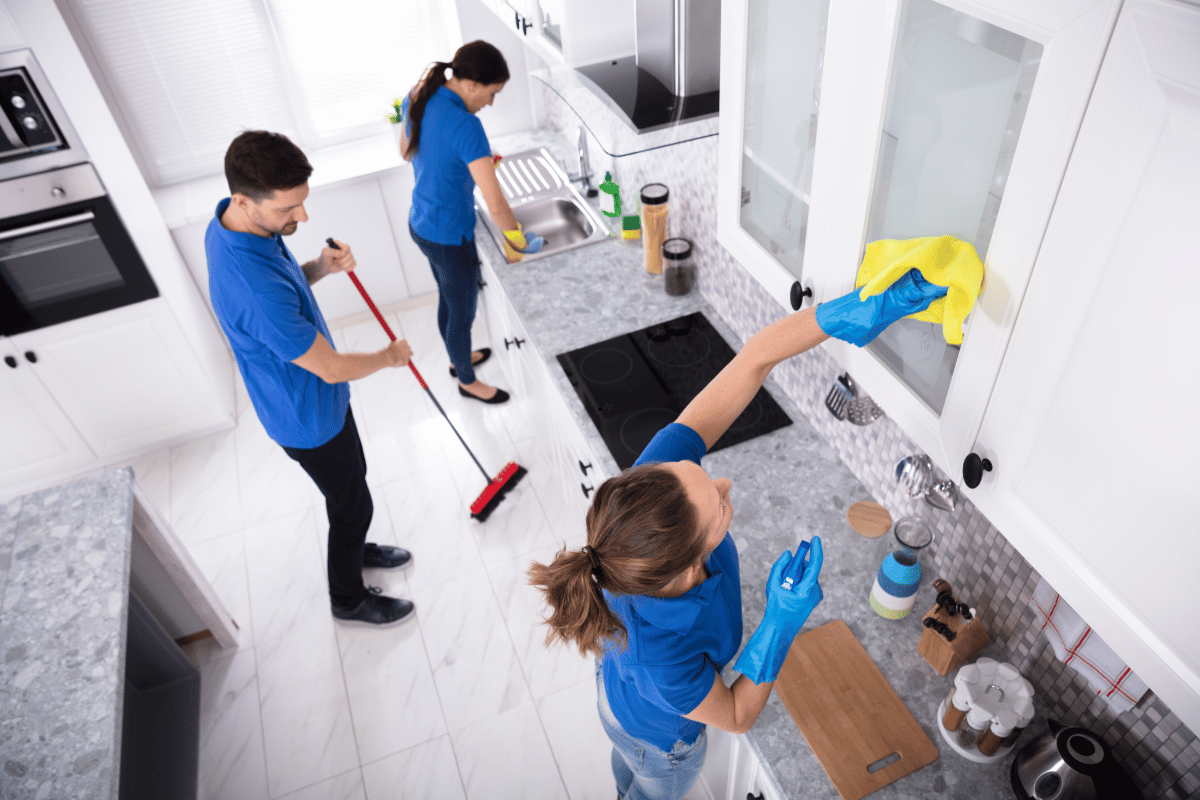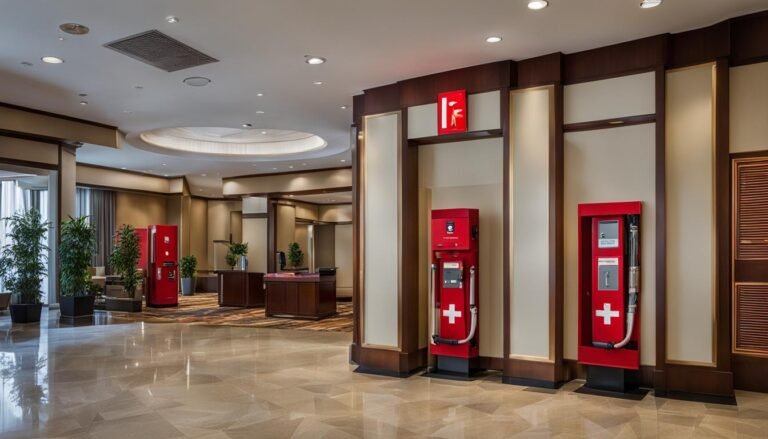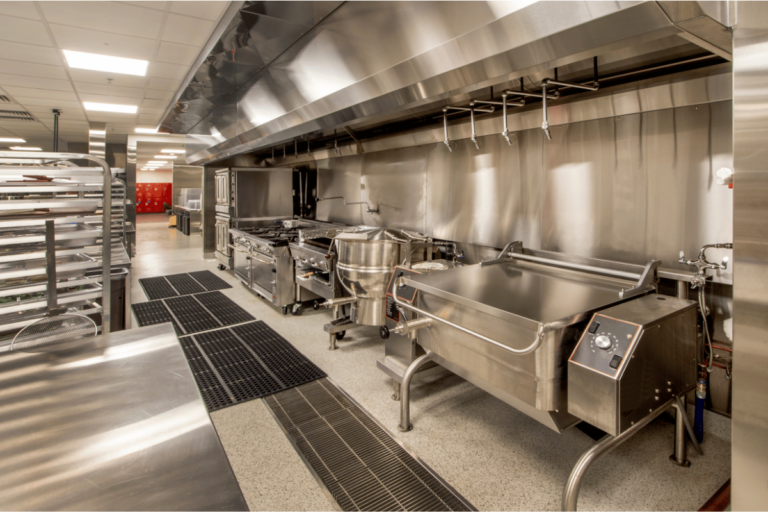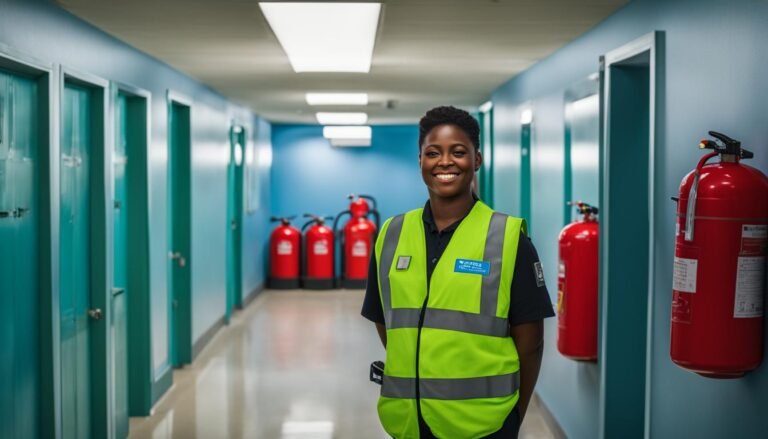The Germiest Surfaces In Your Restaurant You Might Be Overlooking
Clean tables and gleaming floors may give the impression of a spotless restaurant, but bacteria thrive in places staff and guests often overlook. Germs multiply fast in high-touch areas and warm, moist environments, creating a silent risk to food safety and reputation. Recognizing and addressing these hidden hotspots is essential to maintaining true hygiene standards.
Kitchen Tools and Prep Stations
The kitchen is the beating heart of any restaurant, and also one of the most vulnerable to bacterial growth. Cutting boards, knives, and tongs transfer pathogens between raw and cooked foods if they are not sanitized frequently. Even surfaces that appear clean can host invisible contaminants like E. coli and Salmonella. Sanitizing equipment between uses, using separate boards for meat and produce, and air-drying tools rather than towel-drying them all reduce bacterial transfer. For deep cleaning, some kitchens rely on a heated soak tank to remove grease, residue, and biofilm from utensils and cookware that standard washing cannot eliminate.
Menus and Condiment Containers
While kitchen cleanliness often gets the most attention, the dining area can be just as risky. Menus, salt shakers, and condiment bottles pass through countless hands daily. Studies have found that these items can harbor hundreds of bacteria per square inch, particularly during busy meal services. Laminated menus are easier to disinfect, but many restaurants have shifted to digital versions to minimize contact. Staff should regularly wipe down tabletop items with food-safe disinfectant and replace paper menus frequently.
Door Handles, Faucets, and Payment Devices
High-traffic touchpoints spread germs quickly. Bathroom door handles, sink faucets, and payment terminals are among the most contaminated surfaces in any restaurant. Since staff and customers both use them, bacteria can travel between the front and back of house easily. Automatic doors, touchless faucets, and mobile payment options help limit contact. If that is not feasible, disinfecting these areas hourly can significantly reduce transmission risk.
True cleanliness extends beyond appearances. It involves identifying where bacteria thrive and preventing their spread through structured cleaning protocols. Regular deep cleaning, consistent staff training, and the right sanitation equipment create safer environments for employees and guests alike. A restaurant that manages its germ hotspots effectively protects more than its brand. It safeguards every meal served. Check out the resource below for more information.







